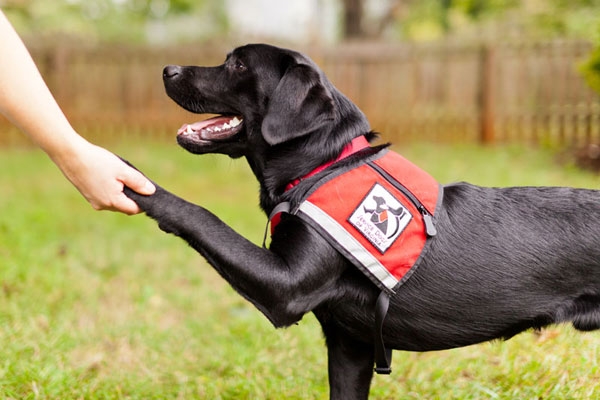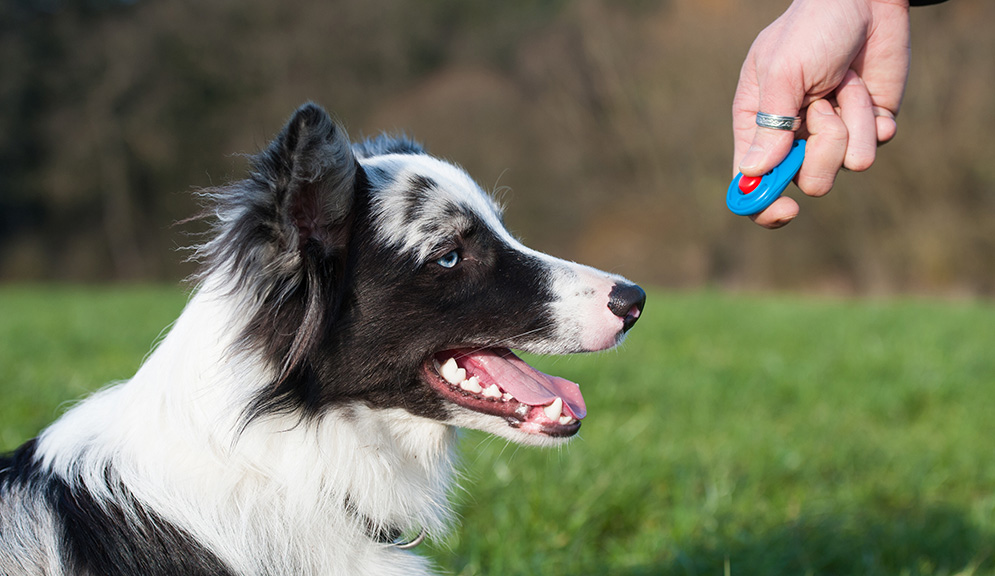Top Canine Training Methods Every Owner Should Know
Recognizing reliable dog training techniques is critical for any pet owner intending to grow an unified partnership with their canine friend. Among the most prominent methods are positive support, remote control training, and chain training, each offering distinct advantages that add to a mannerly canine. The success of these methods commonly pivots on the proprietor's commitment to uniformity and perseverance. As we discover these basic methods, it ends up being noticeable that understanding their nuances can substantially influence the training experience and the dog's general behavior. What are the vital aspects that will guarantee these techniques are executed efficiently?
Favorable Reinforcement Methods
Utilizing positive support techniques is important for effective pet training, as it cultivates a trusting bond in between the fitness instructor and the canine. This approach concentrates on satisfying desirable habits as opposed to penalizing unwanted ones, producing an environment favorable to learning. Benefits can include deals with, praise, or playtime, which encourage pet dogs to duplicate the habits that gain them these benefits.
Favorable reinforcement is rooted in the concepts of operant conditioning, where actions is affected by its repercussions. By consistently fulfilling particular actions, instructors can shape a pet dog's actions gradually. A canine that rests on command and receives a treat is much more most likely to repeat that habits in the future.
In addition, this approach enhances the pet dog's enthusiasm for training sessions. When canines link training with favorable experiences, they are more involved and receptive. Past instant actions adjustment, positive support urges a collective relationship in between the dog and instructor, minimizing stress and anxiety and worry.
To optimize efficiency, it is vital to deliver rewards immediately, making certain the dog attaches the behavior with the reinforcement. In significance, positive support techniques not just produce better-trained dogs but additionally advertise an unified partnership between pet dog and proprietor.
Remote Control Training Technique
The clicker training approach is a very reliable technique that builds upon the concepts of favorable reinforcement by including an unique audio to mark preferred behaviors. This method uses a tiny portable tool that generates a clicking audio, permitting instructors to connect with their canines in a clear and instant way. When a pet dog executes an actions that the proprietor desires to motivate, the clicker is activated, adhered to by an incentive, normally in the form of deals with or appreciation.
The secret to successful remote control training lies in uniformity and timing. It is essential to click at the precise minute the desired actions happens, making sure that the dog connects the sound with the action and the subsequent reward. This technique not just improves interaction however likewise promotes a more powerful bond in between the pet and the proprietor, as it encourages interaction and interaction throughout training sessions.
Clicker training can be related to a range of behaviors and commands, from basic obedience to much more complex methods. Its flexibility and performance make it a favored method among specialist fitness instructors and pet proprietors alike, leading the way for a trained and receptive canine companion.

Chain Training Basics
Effective chain training is vital for making certain a risk-free and pleasurable walking experience for both pets and their proprietors. Leash training need to begin early and be come close to with perseverance and uniformity (Dog training). Beginning by choosing an ideal leash and collar or harness. A flat collar may benefit some pet dogs, while others might profit from a harness that minimizes pulling.
Present your pet to the chain gradually, enabling them to discover it in a comfortable setting. This includes gratifying your dog for walking close to you instead than pulling in advance.
If your canine begins to pull, quit walking promptly. In addition, method numerous walking settings to aid your dog adjust to interruptions.
Normal technique will strengthen your dog's understanding of leash rules. Keep in mind that chain training is a continuous procedure; persistence and consistency will yield the finest results, cultivating a favorable experience for both you and your canine companion.
Socializing Approaches
Socializing see it here is a crucial element of pet dog training that need to ideally begin during puppyhood but can be helpful at any age. Reliable socializing helps pet dogs establish confidence and decreases the probability of behavior concerns. To implement successful socializing techniques, subject your canine to a range of environments, individuals, and various other pets.

Start with regulated setups, such as pup classes or arranged playgroups, where young canines can interact safely. Slowly introduce your pet to brand-new experiences, consisting of different noises, surfaces, and tasks. Make certain these experiences are favorable and fulfilling to develop a sense of safety.
For grown-up dogs or those doing not have exposure, begin with low-stress scenarios. Short, favorable interactions with friendly human beings and tranquil pet dogs can create positive organizations - Dog training. Use deals with and appreciation to strengthen desirable habits during these experiences
Checking your canine's body language is vital; indicators of concern or aggressiveness ought to be addressed right away, either by getting rid of the pet dog from the situation or rerouting its focus. Constantly exposing your canine to diverse stimulations will certainly promote flexibility, making it a well-rounded buddy efficient in thriving in various setups.
Uniformity and Perseverance
Identifying the importance of uniformity and persistence in pet training is vital for achieving long lasting outcomes. Irregular training can lead to complication, making it challenging for the dog to comprehend habits or commands, ultimately hindering progress.
Dogs, like humans, learn at their own pace. This cultivates a relying on partnership in between the pet dog and owner, urging a more enthusiastic and ready learner.
To grow consistency and persistence, establish a normal training routine, use the same commands, and guarantee that all relative use the same training principles - Dog training. By doing so, you produce a stable setting helpful to learning, allowing your pet to establish and flourish into a mannerly buddy
 go right here alt="Dog training
go right here alt="Dog trainingdog training near me
dog training Rochester NY
Puppy Training"/>
Verdict
Finally, effective pet training strategies, such as favorable support, remote control training, and correct leash training, are important for fostering a healthy and balanced owner-dog partnership. Additionally, executing socialization strategies and keeping uniformity and persistence throughout the training procedure adds dramatically to a pet dog's general wellness. By integrating these approaches, canine owners can assist in the development of well-adjusted, loyal pets, eventually boosting the quality of life for both the dog and the owner.
Among the most popular methods are favorable reinforcement, remote control training, and leash training, each offering distinct benefits that add to a mannerly pet dog. As we explore these essential techniques, it ends up being obvious that grasping their subtleties can significantly affect the training experience and the pet dog's overall actions.Making use of positive support methods is necessary for effective pet training, as it cultivates a relying on bond check out this site in between the pet and the trainer.In conclusion, reliable canine training strategies, such as positive support, clicker training, and proper leash training, are essential for promoting a healthy and balanced owner-dog relationship. By incorporating these approaches, pet owners can facilitate the advancement of well-adjusted, loyal pets, ultimately improving the quality of life for both the owner and the dog.